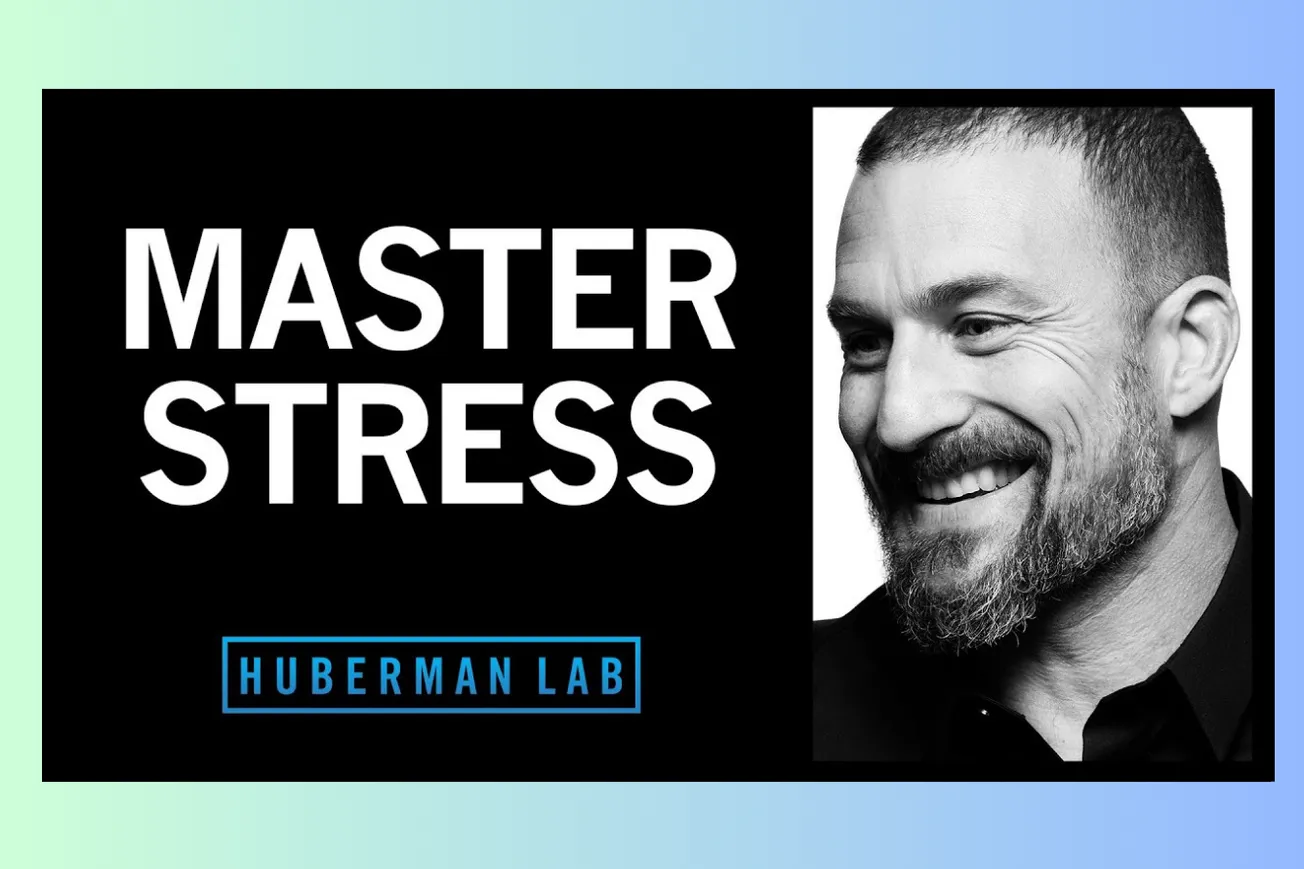Key Takeaways
- Stress is a generic biological response designed to mobilize the brain and body, not just a relic of ancient dangers.
- The stress response involves the sympathetic nervous system releasing adrenaline (epinephrine), activating some body systems (like muscles for movement) while shutting down others (like digestion).
- Short-term stress can be beneficial, enhancing focus and boosting the immune system to fight infection.
- Long-term stress is detrimental, negatively impacting physical and mental health, highlighting the need for effective stress management.
- Real-time stress reduction is possible using physiological tools like the "physiological sigh" (double inhale, long exhale) which directly influences heart rate and calmness via the parasympathetic nervous system.
- Managing medium-term stress involves increasing your stress threshold, learning to keep the mind calm while the body is activated, using techniques like panoramic vision during exertion.
- Social connection is crucial for mitigating long-term stress, boosting serotonin and combating the negative effects of isolation linked to the molecule Taqi Kynan.
- Emotions can be understood as the brain's interpretation of how well our internal state (alertness/calmness) matches external demands.
Please sign-in to continue reading this post for free!










